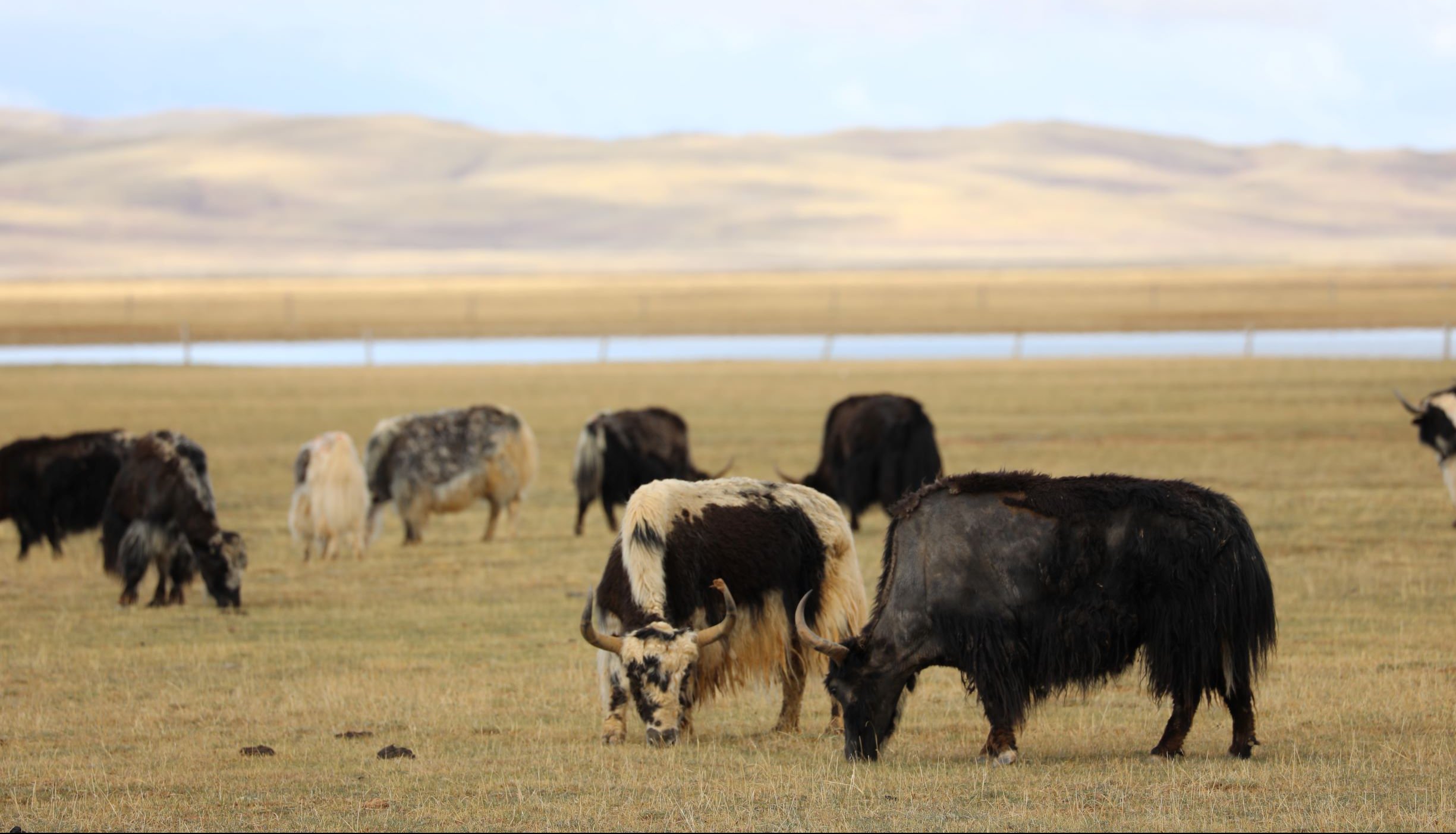China is establishing a national park system through reforming and consolidating its network of protected areas. That is not an easy task in a country where over half of the forest lands are owned collectively by local communities. In 2012, nearly 10 million hectares of community forestlands were included in 1,385 nature reserves. The proportion of community lands is even higher in China’s 11 pilot national parks.
In the U.S, a conservation easement was introduced to balance public interest and the rights of landowners. Conservation easements limit certain land use activities for conservation while still allowing landowners to conduct activities that are compatible with the conservation objectives.
This project aims to explore the feasibility of applying conservation easement as a complementary tool to address the land tenure challenges facing China’s national park and protected area system.
Open Full Project Details
The vast and patchy distribution of the community forestlands makes it challenging to create a national park without including some community land within the park boundaries. From a perspective of large landscape conservation, the inclusion of community land into a protected area for greater habitat connectivity is conducive to the preservation of biodiversity and ecosystems. Improving ecological integrity and habitat connectivity is even more critical for adapting to a changing climate.
Currently, the local communities whose forestlands are located inside protected areas are limited in the way they can utilize natural resources in their lands. In return, they receive financial compensation of, on average, USD 10 per hectare from the government each year. This rate is deemed too low to compensate for their lost earning. Therefore, many local communities request to exclude their lands from protected areas.
Conservation easements limit certain land use activities for the conservation of the biodiversity and ecosystems while still allowing landowners to conduct activities that are compatible with the conservation objectives. To compensate for income lost from the land use limitation, the government provides a tax incentive to the landowners. Landowners can also sell or donate conservation easement of their lands to non-profit conservation organizations or land trusts. As a voluntary agreement, conservation easements allow creativity and innovation and can be used in many settings. It is estimated that 16 million hectares of private land are protected by using conservation easement globally, including countries like the United States, Australia, Chile, Mexico, and Kenya.
This project aims to explore the feasibility of applying conservation easement as a complementary tool of the eco-compensation policy to address the land tenure challenges facing China’s national park and protected area system. A team of experts at Beijing Forestry University is researching in China and the U.S. The report will be completed by the end of 2019.
Open Full Project Details


